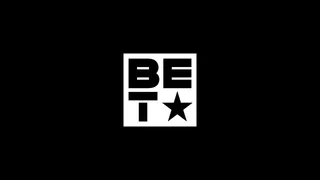The 411 on Food Labels
Here's how to read between the lines.

1 / 8
You Gotta Read - How often do you read food labels? Most folks our age don't. But today’s the day to change that. Read more about why food labels are so important for our health and what to look out for. By Kellee Terrell (Photo: JGI/Tom Grill/Blend Images/Corbis)

2 / 8
Why Are They Important? - Food labels help inform you about what exactly you're putting in your body. For example, if your doctor wants you to watch your sugar or sodium intake, being able to know how much sugar/sodium is in a serving can help you stay on top of your health. Also, labels help you know what the actual serving sizes are, an issue that many of us struggle with when it comes to portion control. (Photo: Justin Sullivan/Getty Images)

3 / 8
Counting Calories - A calorie is a measure of how much energy you are getting from the serving of food. Food labels will let you know how many calories there are per serving. According to the FDA, if something is 50 calories or less, that is considered low in calories; 100 is a moderate amount and 400 or more is too much. (Photo: Chris Hondros/Getty Images)

4 / 8
Nutrients Matter - The nutrients section lets you know how many nutrients the food you're eating has, compared to how much you need in a day. If it's 5 percent or less, you’re getting poor nutrient content. Ten to 20 percent is good. FYI: To get the full amount of nutrients and vitamins each day, you have to rely on unprocessed foods like fruits, veggies, nuts and lean meats. (Photo: Phil Walter/Getty Images)

5 / 8
Why You Need Fats - On one hand, you're told to cut down the fat, which makes "fat free" foods appealing. But those foods can come with a price — high saturations of other bad stuff. The key is to cut down on bad fats, like trans fats, and eat more good fats, like those that come from olive oil and avocados.
Photo By Photo: Michelle McMahon/Getty Images
ADVERTISEMENT

6 / 8
Don’t Play With Sodium - According to the American Heart Association, a whopping 77 percent of our salt intake comes from the processed foods that we eat. So we need to pay attention. While most Americans are recommended a diet of 2,300 milligrams of salt, Blacks are told to consume less — 1,500 mg a day. Our advice? Leave foods that have sodium levels of 500 mg or more at the grocery store. (Photo: Don Treeger/The Republican//Landov)

7 / 8
How ‘Bout That Sugar? - We have to cut back on sugar to lose weight, but that can be hard given how sugar is in nearly everything. But even if you look at the label, keep in mind that there are hidden sugars that aren't included in that number. According to Health.com, look for and avoid labels with words like “sweetener,” “syrup” or ingredients ending in “-ose” like fructose or “glucose.” (Photo: Jeff Schear/Getty Images for Michigan Avenue Magazine)
